 Seitenverzeichnis
Seitenverzeichnis

Site map e-mail
Basenji Information worth knowing
Breeding Start
History of acceptance as the Basenji Breed
Colour:Pure black and white; red and white; black, tan and white with tan melon pips and mask; black; tan and white.
Brindle, red background with black stripes, the more clearly defined the stripes the better.
The white should be on feet, chest and tail tips. White legs, blaze and white collar optional.
May be the Egyptains the Egyptians in the age of the pharaohs, are the earliest breeders of Basenjis in the world. Possible Basenjis were bred as family dog or hunting companion. It is possible that by crossing dogs and wolfs a basenji Type dog was created. May be the Tesem identifiable by the curled tail. The Basenji may be an import from Nubia ( Sudan ).
There are no authoritative results.
stiftung-artenschutz.de/projekte/aethiopischer-wolf/The
Ancestor of the Basenjis is probably the Ethiopian wolf (canis simensis )
1868/71 the explorer
Prof.
Dr. Georg Schweinfurth discovered Basenjis
what seemed remarkable to him. He
reported as the first one
about these dogs in
Africa . He described them as "Congo Terrier". They
served with native
tribes
as hunting dogs
.
1882 Sir Harry Hamilton Johnston found similar dogs that never barked in an expedition from the mouth of the Congo to Bolobo.
1894 the first published mention in Europe of Basenjis appeared in a travel report not yet introduced as a breed.
1895 the first Basenjis being imported into England came from Mr. James Garrow and were exhibited at Cruft's Show. Afterwards the Basenjis were purchased but on the show they contracted distemper and died.
At the turn of the century, "Congo terriers" were reported in European newspapers and were displayed in various zoos, such as in Berlin and Paris.
Basenjis Zoo Berlin BRD
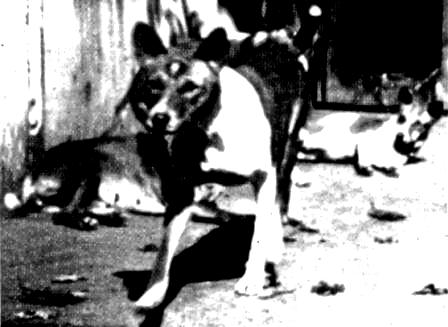
Photo Dr.O.Heinroth Pariah Hunde R.Menzel
Bosc " Congo Terrier" Zoo Paris F
Photo The complete Basenji by Elspet Ford
1912 a stuffed Basenji in a Pygmy village was exhibited in the Museum of Natural History in New York City Pygmies
native Basenji
Breeding start in Great Britain
and meanwhile spread worldwide. Under very difficult circumstances, the breeding of Basenjis was started in Great Britain. Lady Helen Nutting, Major George Richards, Mrs. Olivia Burn, Miss Veronica Tudor-Williams, Mrs. Elspet Ford and other pioneers who lived for several times in Africa and saw the Basenjis in their natural surroundings became the first registered breeder in the western world.An interest in Basenji dogs was awakened. During the following decades Basenjis were brought to Europe and America
Pioneers of the basenji breeding
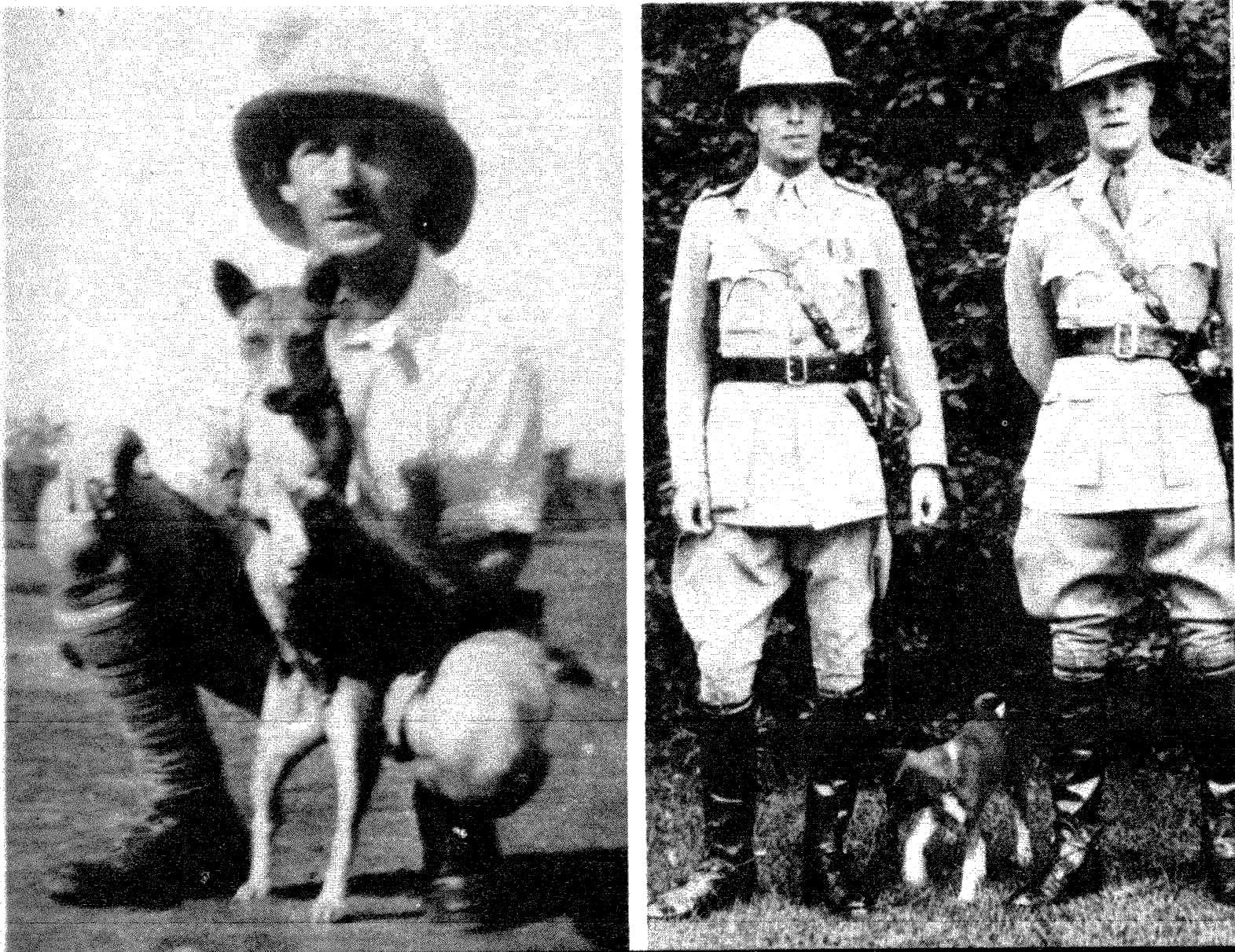
G. Richards with Ting Deet's South Sudan and 1920 As cult : Zande dog little pet
"Basenjis The barkless dogs" V. Tudor-Williams
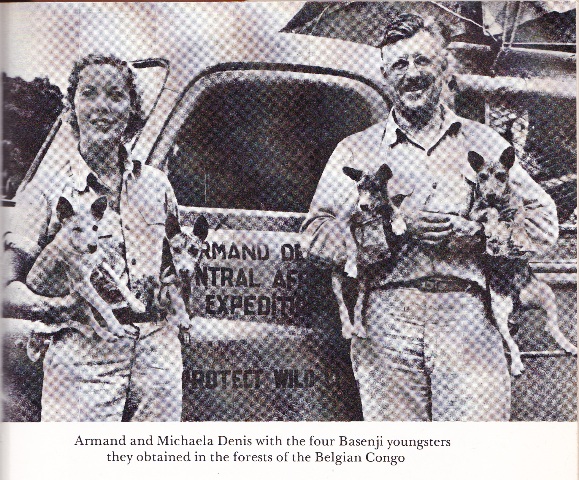
Zoologists and Explorers Armand and Michaela Denis with Forest Basenjis (Belgian Congo)
"Basenjis The barkless dogs" V. Tudor-Williams
Major George Richards Lady Helen Nutting
Mrs. Olivia Burn
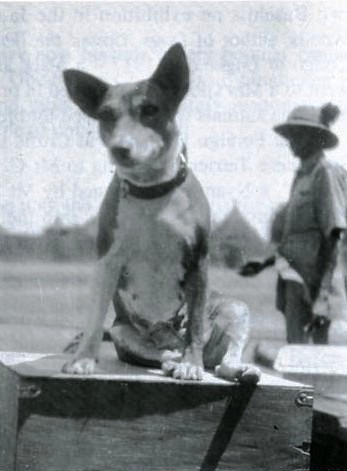
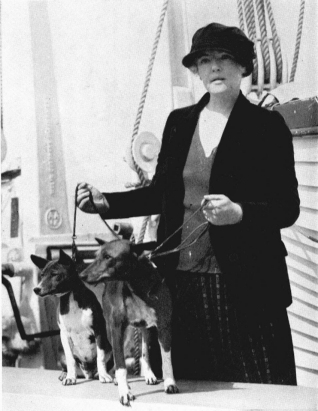
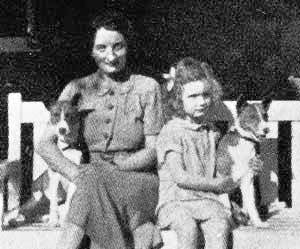
Miss Veronica Tudor Williams Mrs. Elspet Ford
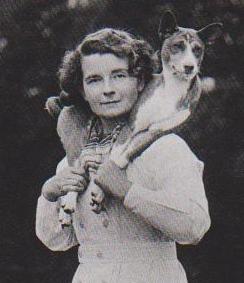

K'impi, Kwango, Kookoo, Kasui and Kavirondo of the Congo

Early Basenjis in Great Britain
1937 the breed was established in Great Britain by Mrs. Olivia Burn, "of the Bleans" Basenjis. Her Basenjis were exhibited at Crufts in the same year. The interest was so much that the police had to be employed to keep the visitors moving past the Basenji benches.
Basenjis exhibited at Crufts 1937
Photo The complete Basenji by Elspet Ford
Miss Veronica Tudor - Williams became a very successful breeder, "of the Congo" especially with her world famous female Fula of the Congo
Fula in her Africa home 10 weeks old 1959
Courtesy Photo Miss V. Tudor-Williams and Fula
The Basenji Club of Great Britain was formed on 09.02.1939 and is the oldest established club in the world for the breed of Basenjis. basenjiclubofgb.org The ever first standard was formulated and the Basenji as breed established. In the following years Basenji clubs in Australia, Canada and the United States of America First Basenjis in the U.S. were founded, to be followed by the establishment of new clubs worldwide.
Casa d'Regina Breeding start in Germany .Mrs. Berta Burkert established the Basenji-Klub Deutschland on 07. 07. 1977 in Munich basenji-klub.de . She became the first well known breeder Kennel
About current breeding and adequate animal housing you get any information from the Breeders or the Basenji Clubs. Standard
The breeding dog Basenji worldwide today.
Basenjis have all instincts very well compatible for their natural homeland in freedom. But they are not very well conformist to high tech civilization. Cars, streetcars and train are no danger in their mind. He still can provide his own food and find anything edible; look out for poison and spoiled food. Therefore it's so important to feed them appropriate natural food to the species. Basenjis learn very quickly to do what we want, but then often do as they like, because they are independent dogs . Take it easy and donít worry. Start very early by training your Basenji and be consequent. In his natural surrounding the basenji is not accustomed to stay alone because he live beneath the people with his pack in freedom. Give the Basenji a chance to learn to cope with modern civilization. These intelligent dog need mental training and a lot of exercise . You should like to learn the basenji language , that makes the life with Basenjis easy going.
The world-famous Basenji expert Miss Veronica Tudor-Williams wrote an article (Journal of the Society for the Preservation of the Fauna of the Empire, Nr.54) on the Basenjis of Central Africa and called them a "living fossils". She wrote: "It would be a tragedy if these canines of such ancient lineage, having maintained their identity over numerous centuries, would now be lost to us forever as a consequence of expanding civilization".
I want to add, it is my concern that the Basenjis be not bred with purely optical fashionable or commercial goals in mind. The first must for the breeder is to have the health in mind.
It is our opinion that the BASENJI is perfect since hundred of years and should it be.
Fula Africa Import
Courtesy Picture V.Tudor-Williams